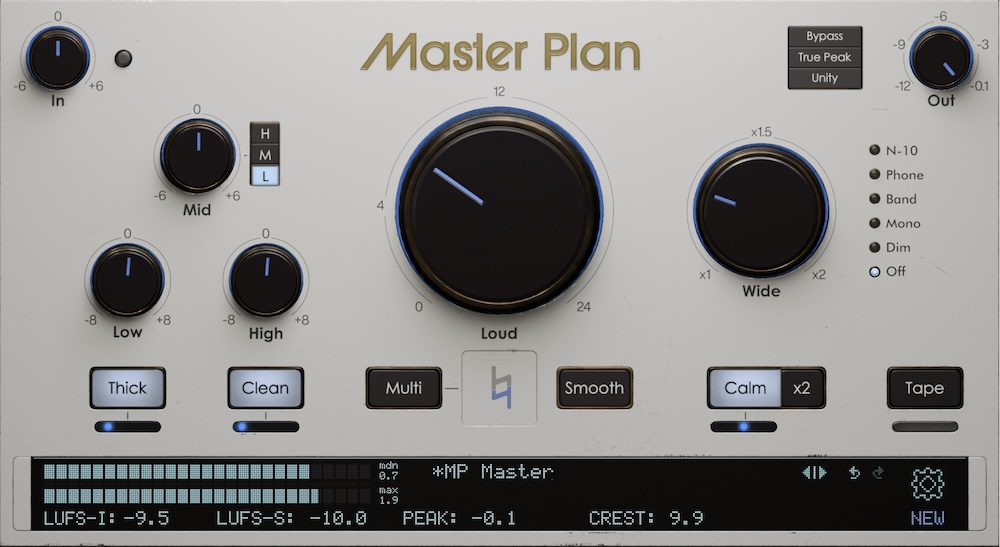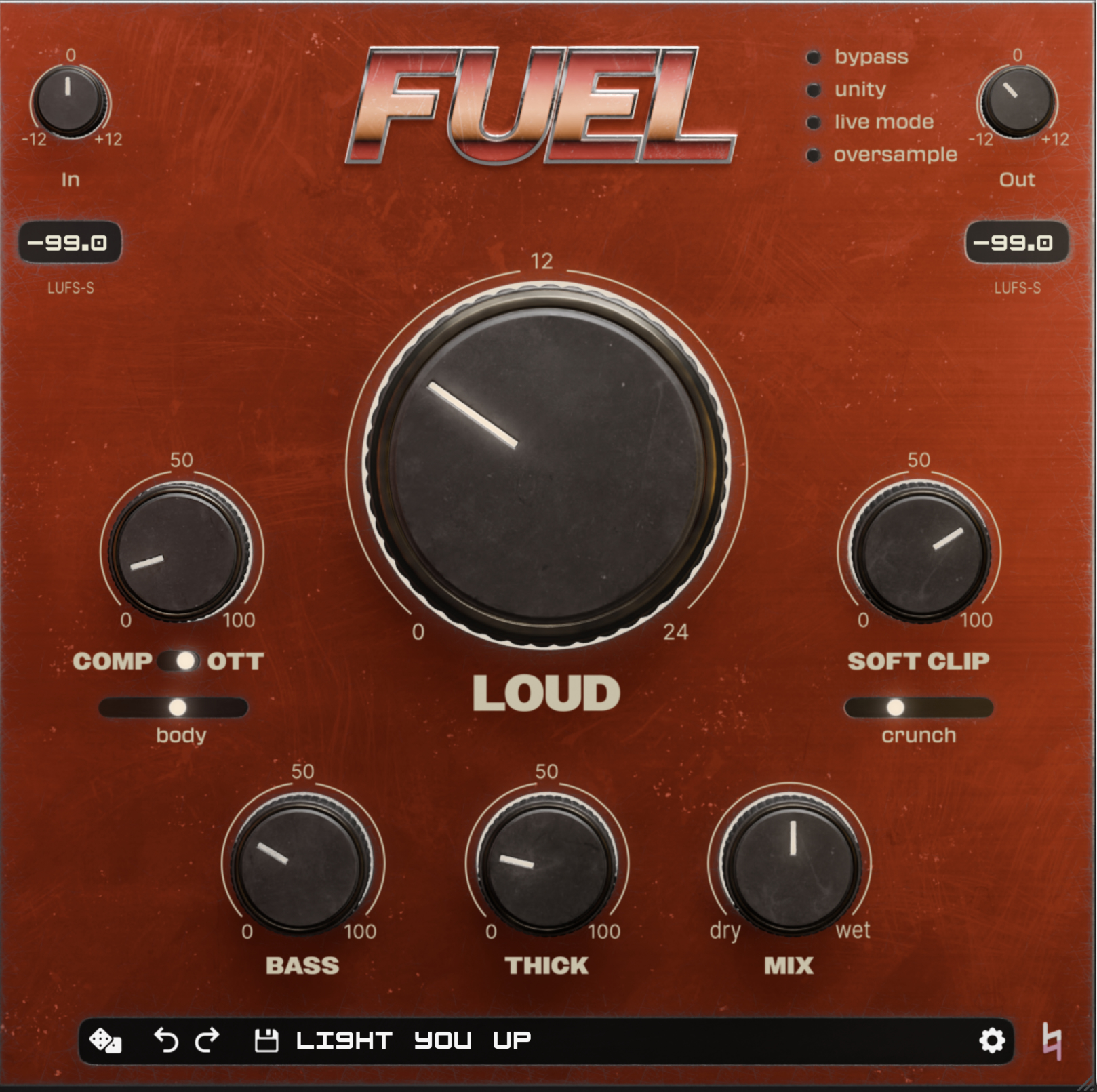A lot of videos and essays in online forums about audio quality obsess over dynamic range as the be-all-end-all of lifelike sonic quality. Not only is it a major part of the -14 LUFS argument, but it seems to be a rallying cry of the on-a-pedastal type of engineer who loves to gatekeep with that special, condescending wink in their eye. Guess what? It's an oversimplification, and it's wrong.
Dynamic range compression has been a mainstay of all music production since it was invented, essential for recording, mixing, and the progression of modern sound. By its very nature, it reduces dynamic range. Its close cousin, the expander, increases dynamic range and is used way, way less often, if at all in most mixes. What gives?
In general, humans are very sensitive to loudness, and loud music (given quality is a constant) generally sounds better to us, unless it's getting uncomfortable. However, like most things in life, if you optimize for it, you might end up in a trap doing that at the expense of other characteristics of the music. Sometimes, that might mean distortion. Sometimes, it might mean clipping. However, given that we're working in a digital world with maximum values of -1 and 1, since we are trying to increase loudness without going over these values, it means we end up increasing the volume of the quieter parts of the music without increasing the loudest parts so that they don't reach beyond the limit. If we're moving up the floor but keeping the ceiling in the same place, we're reducing the dynamic range!
It's a simple matter of fact, but it is not good or bad in isolation. The important thing to do is listen to what it sounds like, rather than read meters that describe the difference to you in numeric terms. We already know that two sounds at the same volume can sound very different. And anybody who has used a synthesizer or shaped a drum attack also knows that the onset of the note can sound more or less impactful at the same volume, too. So what sounds exciting or impactful is not just a volume thing, it's a tone thing too.
You've probably seen many charts that show how modern music in a waveform preview looks like a fat bar without a lot of spikes, and older music looks much more visually textured as an explanation of why modern music lacks dynamics. People that make this argument do this because it does not necessarily sound less impactful, and they have to use a visual instead... If you listen to a modern record (I tend to use Faceshopping by SOPHIE as an example because it's so intense) that uses modern techniques for loudness and impact, it sounds way, way more viscerally mpactful than anything from, say, the 1970s before we were stamping to digital. Whether you like that style of music at all is another matter! It is not dynamics and impact that are lacking in modern music production: those have only been enhanced.
So, when you're trying to make impactful sounding music, whatever the style, stop looking at meters or listening to pretentious online gurus wax poetic about the purity of Steely Dan and Neil Young recordings (also greats, by the way). Think of it this way: your job is to increase or maintain the dynamic impact of your music when you play with the loudness, no matter what the waveform looks like, and no matter what the numbers are telling you. That's what's going to make your record hit right, that's what the pros are really doing, and that's what is going to translate best for your listeners.









